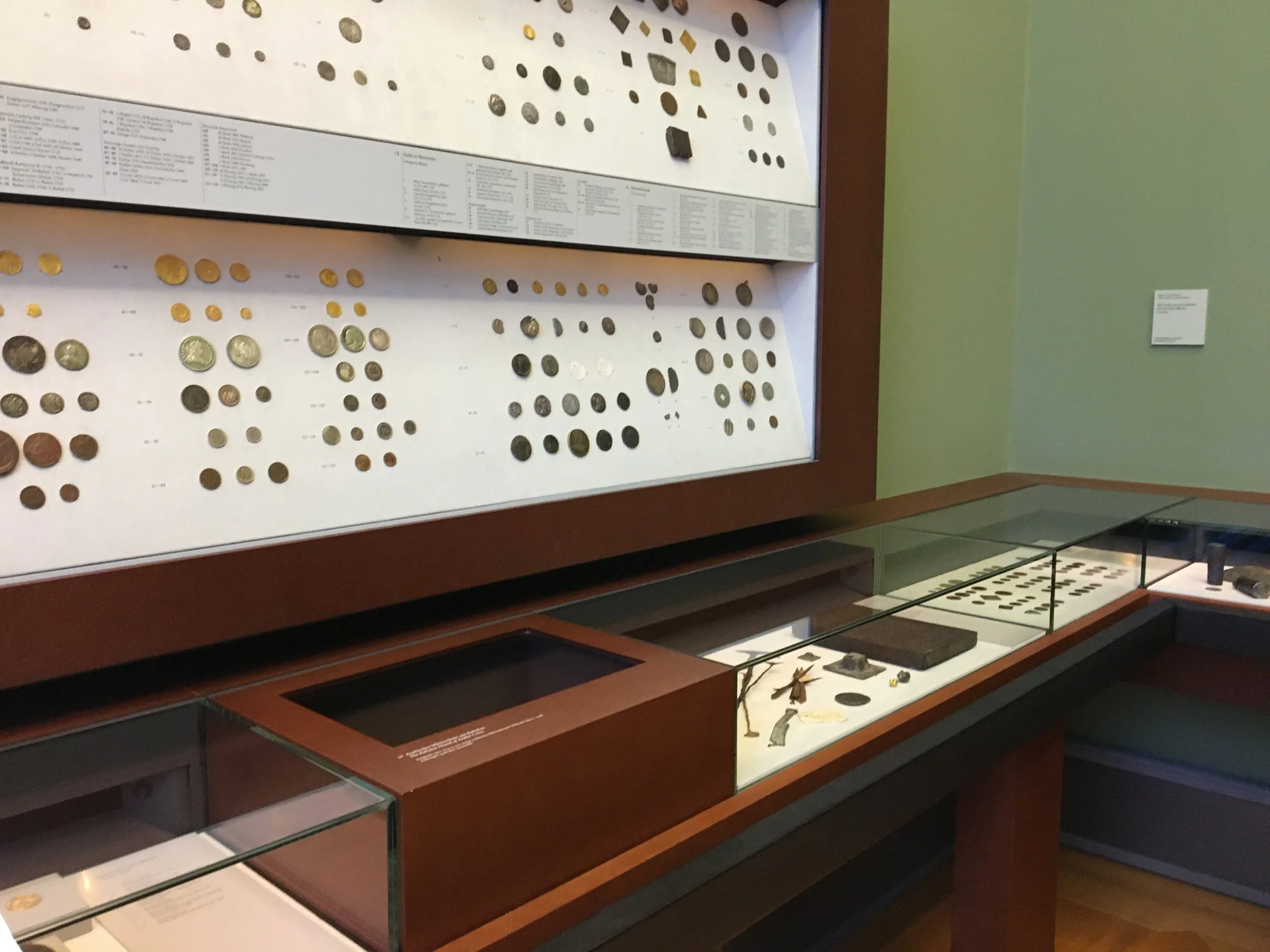An interview with Lagi-Maama Academy and Consultancy consisting of the dynamic team of Kolokesa Uafā Māhina-Tuai MNZM, Toluma’anave Barbara Makuati-Afitu and Hikule‘o Fe‘aomoeako Melaia Māhina. We learned about their mediating and educational work with Moana Oceania communities as well as how their work has made a difference in how Indigenous knowledge and ‘art’ is understood, documented, and interpreted. We can consider their work as a form of cross-cultural weaving.
- November 2024
- September 2024
- August 2024
- July 2024
- May 2024
- January 2024
- December 2023
- November 2023
- June 2023
- May 2023
- September 2022
- August 2022
- May 2022
- April 2022
- October 2021
- June 2021
- May 2021
- March 2021
- February 2021
- December 2020
- September 2020
- August 2020
- July 2020
- June 2020
- January 2020
- December 2019
- October 2019
- September 2019
- August 2019
- July 2019











